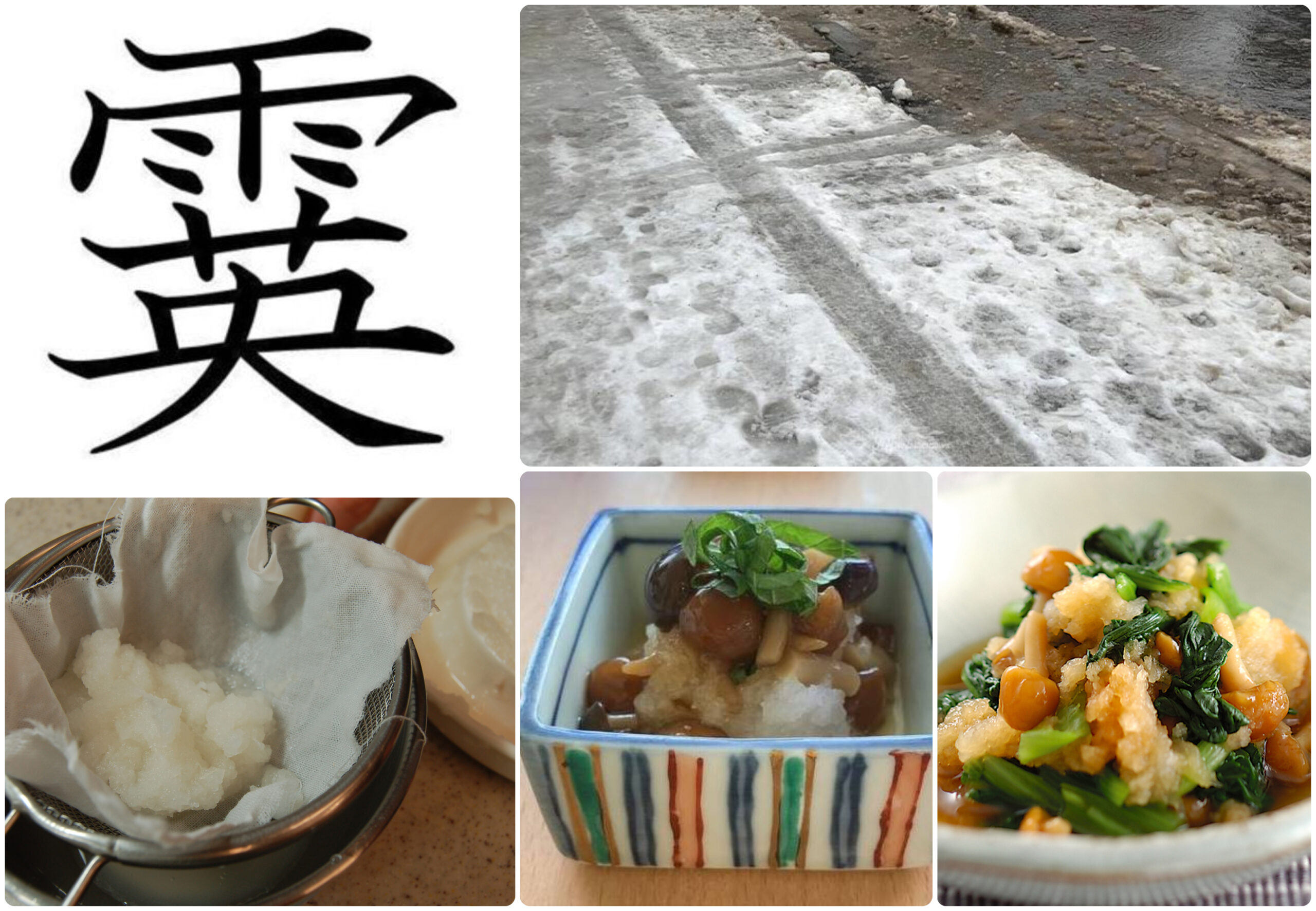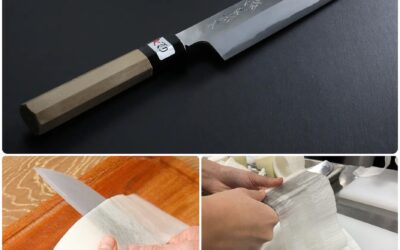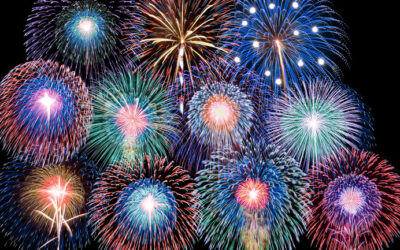
Winter weather reports predicting SLEET (mizoré), are rarely welcome news. After all, the bone-chilling mixture of rain and snow is messy under foot and creates hazerdous road conditions. But when mizoré appears on a menu, it conjurs up tasty fare. Snowy white daikon radish ressembles sleet when it is grated — that is the origin of the name mizoré aé.
A potential powerhouse of vitamin C to help ward off wintertime colds, be sure to grate your daikon just before serving it since extended exposure to air will diminish its nutritive value.
mizoré 霙 sleet

SNOW (yuki) can be beautiful to behold (though problematic when it needs to be shovelled away). Snow can be fun (skiing, sleighing, building snowmen).
In Japan, at table, the image of deep snow is evoked with grated daikon — that is the origin of the name yuki nabé.
Grated daikon provides a marvelous, slightly spicy taste and (coarse) texture contrast to brothy, meaty hotpots. Be sure to grate your daikon just before serving to help preserve its high level of Vitamin C.
yuki 雪 snow
Visit my Kitchen PROJECTS page to learn about Bean-Throwing for SETSUBUN and read my January, 2025 newsletter.




